







WISER S.r.l. (WIreless Systems Engineering and Research) is a company established in 2004 to provide technical and engineering support in the field of wireless and satellite communications and navigation. Based in Livorno, Italy, it is a young company run by young persons, with an international portfolio of customers.

The main areas of expertise of WISER are wireless network planning, digital receiver design for communications and satellite navigation, and simulation of wireless communication systems. Learn more about our activity visting the section about our Mission

Technical and research excellence is pursued by building strong links with some well-known research Institutions in the vicinity, including the University of Pisa. WISER is also one of the fouding members of ToscanaSpazio

VAT CODE 01476280498
CCIAA Register No 131062
€ 15,000 fully paid-up share capital.
More about our coordinates at our Contacts

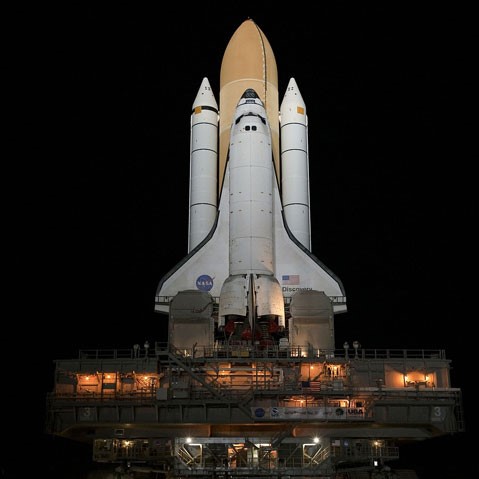
WISER s.r.l. is a high-tech SME powered by a group of young engineers devoted to information and communication technologies, under the advice of a long-time experienced professional in the field, Prof. Marco Luise from the University of Pisa. In WISER's offices/labs, midway between downtown and the shore of Livorno, Tuscany, a team of researchers experiment with low cost technologies based on "Software-Defined-Radio" architectures for a number of applications: transmission of digital terrestrial television to vehicles, trucks fleet control through satellite data packets, highly-accurate GPS receivers. The main customers of WISER are both large national and international companies that need to outsource specific highly technical activities, and local smaller companies operating in the field of ICT.
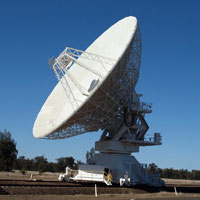
"The Software-Defined-Radio is the new frontier of wireless communication terminals," says Prof. Luise, "Think of the possibility to design smartphones that change their functionalities without any hardware changes, but just changing a SW application: they may become sensors of electromagnetic pollution, satellite navigators or super-secure encrypted communication terminals. Our latest development is a special sensor that monitors any accidental or deliberate interference that may harm the GSM-R network controlling the high-speed railway line Frecciarossa. In this field, we are activating a cooperation with large Italian companies to transform our technology into a widely distributed product"
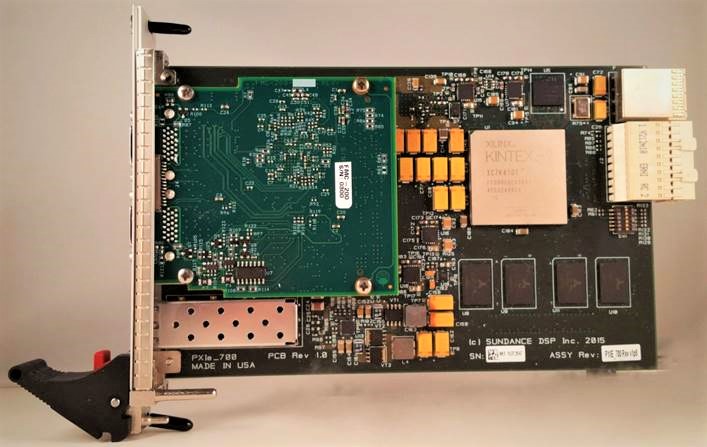
We develop, implement, and test highly customized/efficient FW for different kinds odf high-speed DSP Boards for BB signal processing. Main applications are testing of communication equipment, high-speed data recording with direct RF acquisition, satellite communications and navigation, scientific experiments.
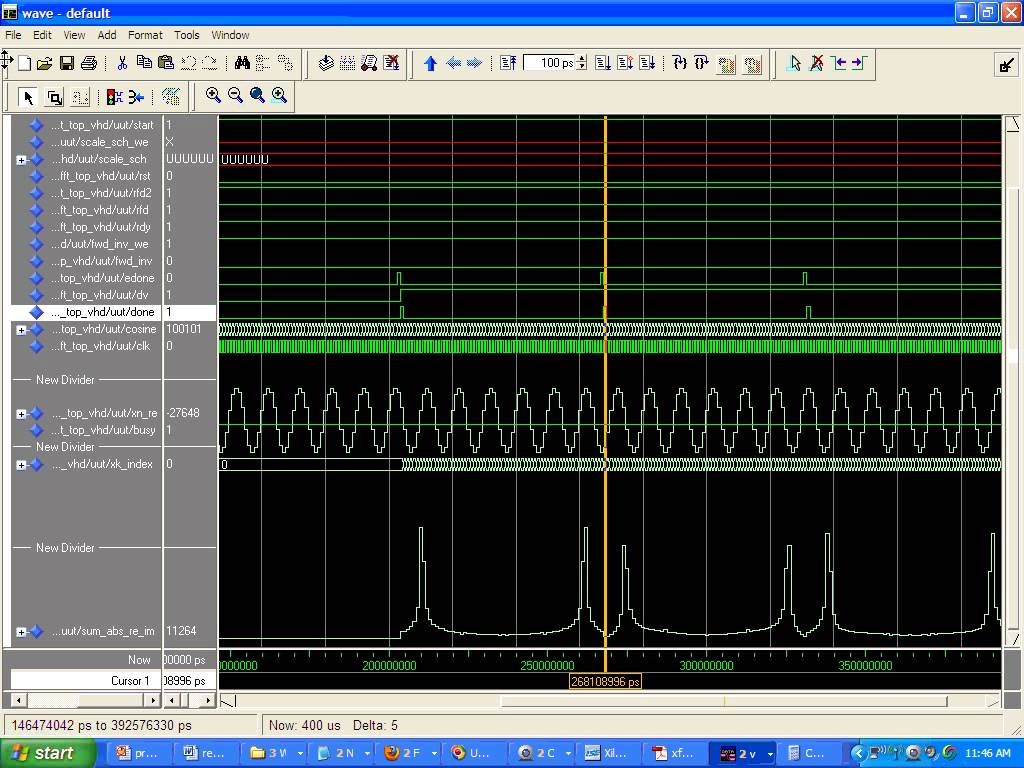
We can provide our customers with highly-specific, device-independent VHDL IP Cores to implement data and signal processing fucntions in the areas of wireless communications, radar, satellite navigation.
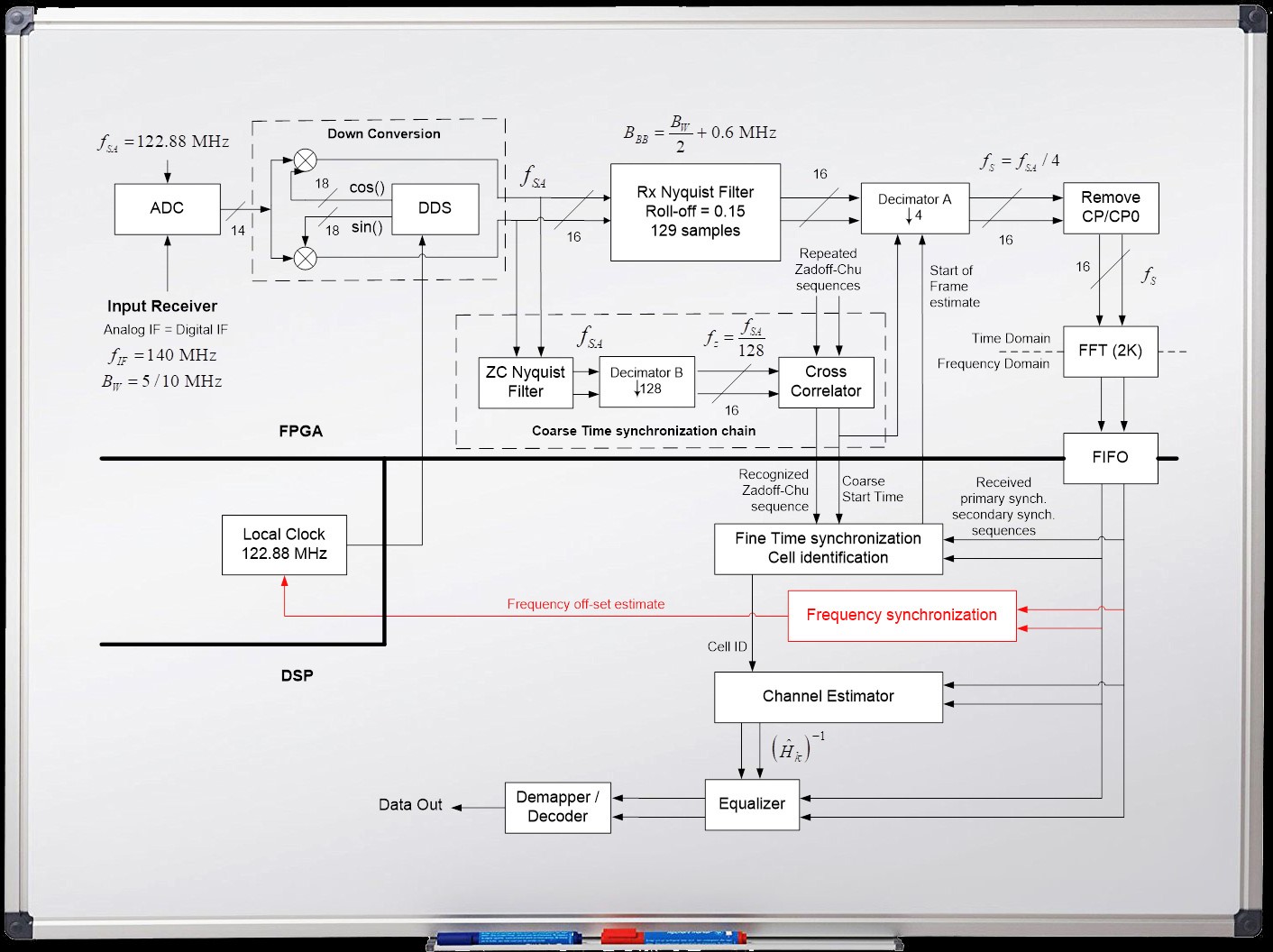
We develop application-specific simulation tools using C/C++ or MatLab to help our customers perform efficient system design of signal processing functions in communications and navigation.

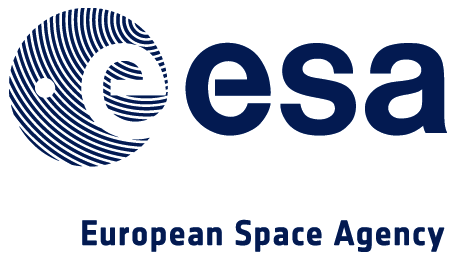 Funded by European Space Agency (ESA)
Funded by European Space Agency (ESA)
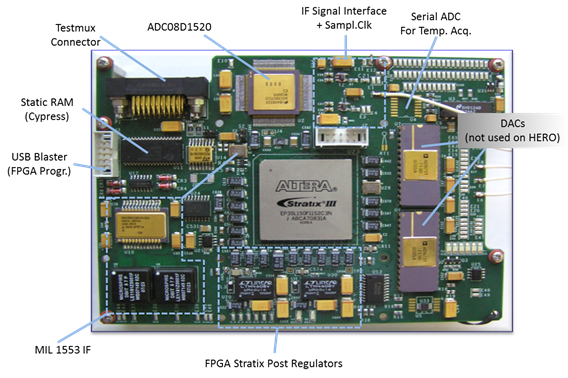
ESA scientific mission in the framework of STE-QUEST (Space-Time Explorer and Quantum Equivalence Space Test) to test to high accuracy the different aspects of the Einstein’s Equivalence Principle (EEP) such as the gravitational red-shift (or time dilation).
WISER is involved as contributor in the design of the high-rate digital front-end included within the receiver section.
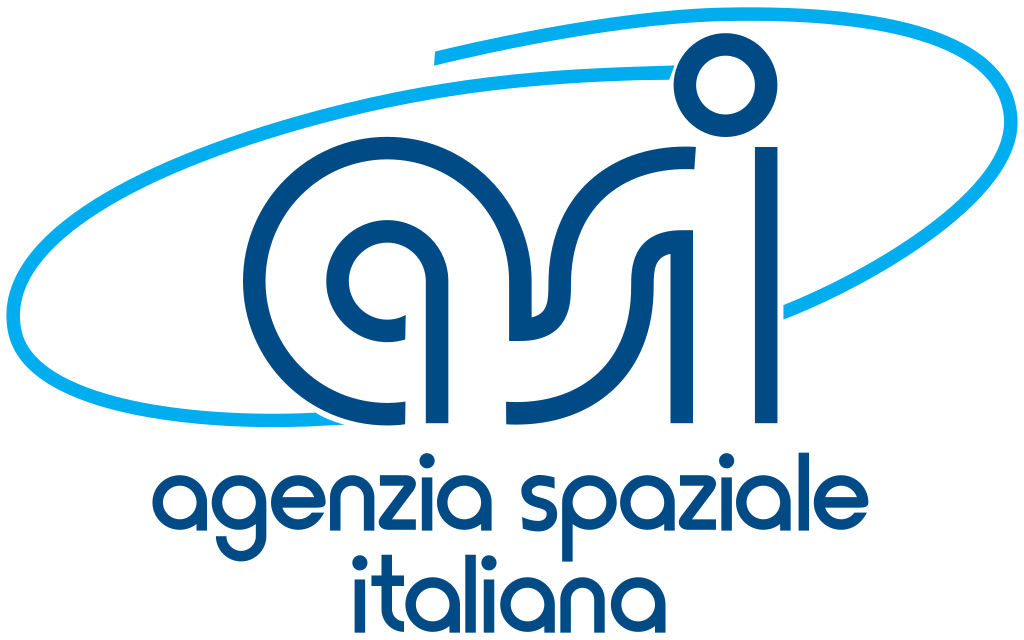 Project co-funded by the Italian Space Agency (ASI)
Project co-funded by the Italian Space Agency (ASI)
“Bando Tematico N. 3 Telecomunicazioni e Applicazioni Integrate” for SMEs.
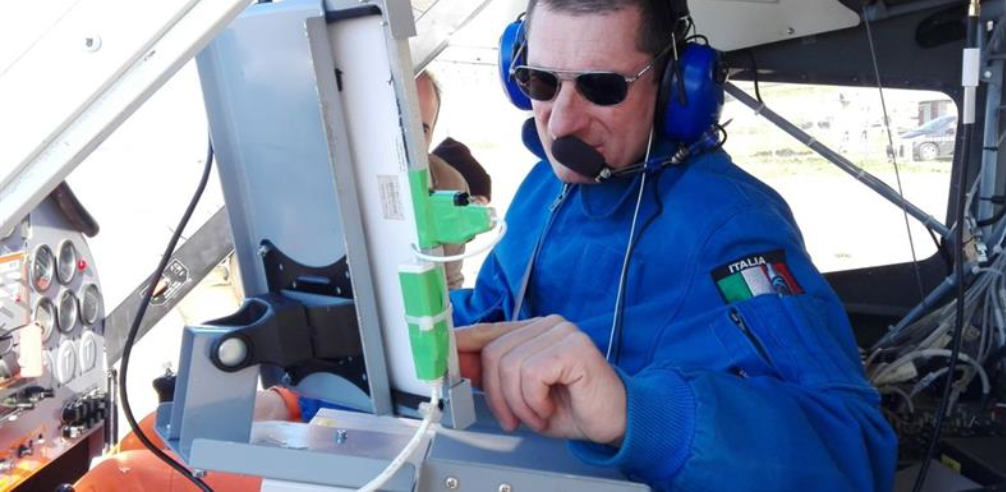
Study of a service dedicated to the transmission of meteo information to airplanes belonging to the PAV (Personal Air Vehicles) category, with the realization of a prototype for on-board instrumentation.
The aim of the project has been to demonstrate the feasibility of a weather information service for PAVs by the use of a satellite telecommunications system in the S-band on which to convey such information. The service is based on the assessment of weather conditions on the ground (in an appropriate Service Center) and in the evaluation and indication to pilots of areas at risk, based on weather forecasts in the short and medium term.
The project also aimed at defining and developing a portfolio of meteorological products with the intent to increase the "meteorological situation awareness" of the PAV pilots, while reducing the needs for expensive weather radars placed on-board or at the airports, all taking into account the fact that the costs associated with such services, including telecommunications equipment, should be very content to be accessible to the PAV users.
The system has been tested by CIRA and the results have been highlighted in a news.

Funded by European Space Agency (ESA)
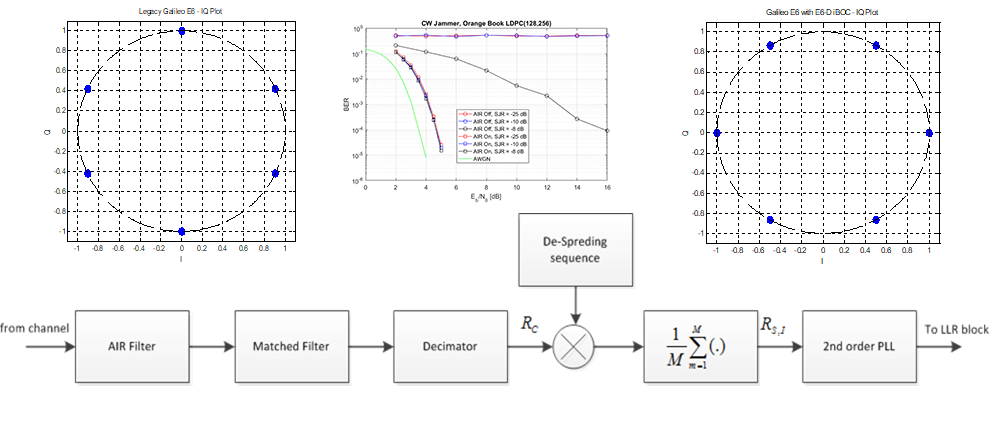
System study aimed to the update the GALILEO signal waveforms and TT&C signals in order to enable new future services. WISER has been involved in two tasks:
1) Study the most suitable channel coding and modulation techniques for Galileo 2nd Generation Telemetry and TeleCommand links in DSSS transmission mode.
2) Study about the possibility of introducing new navigation signal components on the existing Galileo signals.

Funded by European Space Agency (ESA)
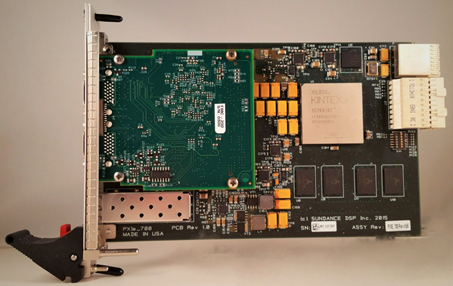
Phase B study aimed to design a new Satellite Communication System for Air Traffic Management, within the Iris programme (element 10 of ARTES).
WISER has been involved in the design and implementation of the Signal Reconstruction and Cancellation (SRC) IP core within the Ground station receiver of the return link of the verification test-bed.

Funded by European Space Agency (ESA)
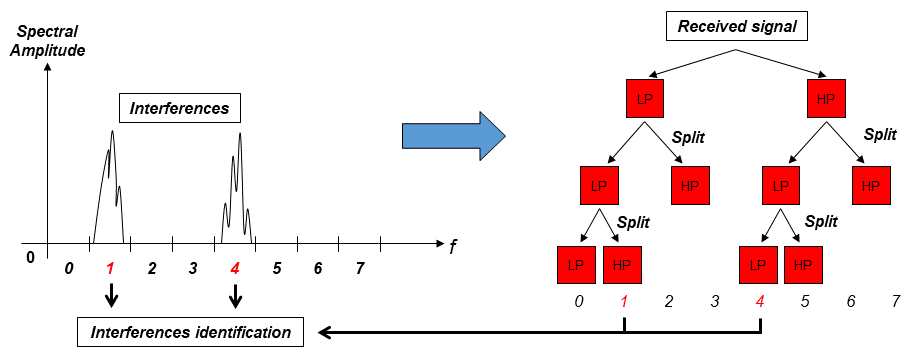
Study of novel DSP techniques for interferers detection and cancellation on GPS L1 band.
The aim of TERMINATE project, in partnership with UFAF and IFEN Gmbh, was to develop and implement novel and efficient techniques for detecting and mitigating interference effects on the GNSS bands
Based on the strong background in signal processing by WISER on Adaptive Notch Filtering, Short-Time Fourier Transform and Wavelet Transform.
Funded by Regione Toscana

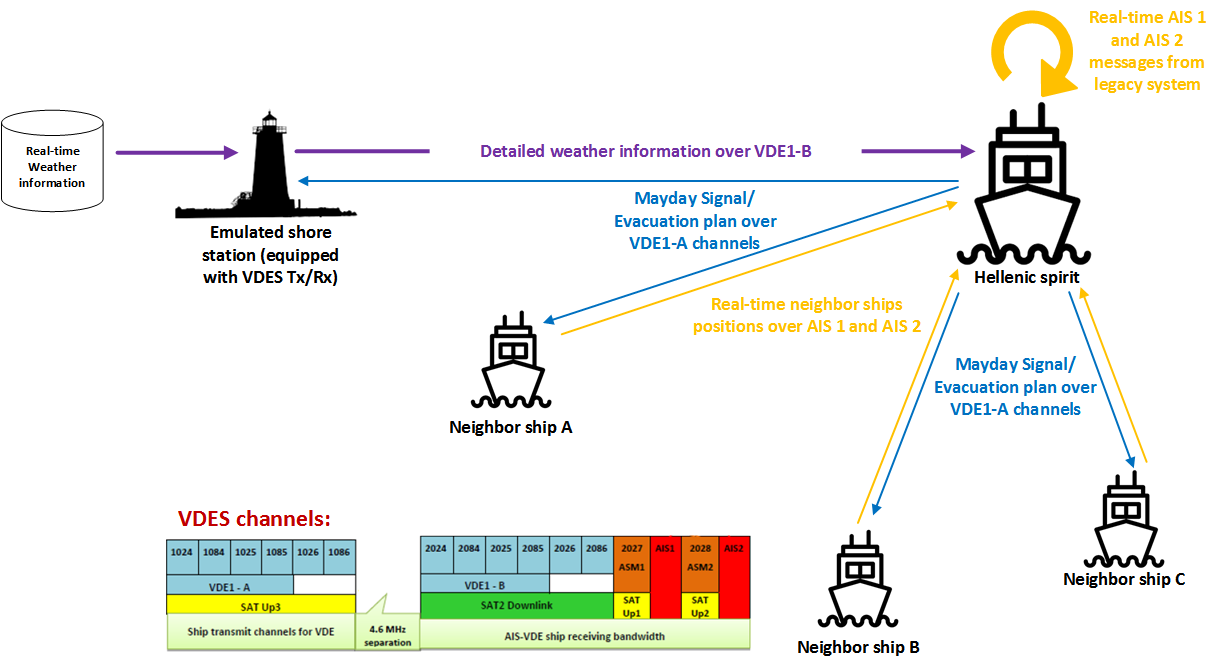
The aim of the PALAEMON project was to design, develop, and test a VDES Transceiver integrating the AIS, VDE, and ASM functionalities into one single unit. Specifically, the development of a VDES transceiver has been performed following the Software-Defined Radio (SDR) paradigm, i.e., on an ad-hoc hardware platform, composed by an RF front-end specific for the VHF band interfaced to an embedded processor, which executes the baseband processing.
WISER has been involved in the algorithms design and SW implementation for transmitting and receiving the terrestrial VDES signal (layers: PHY+MAC+DL), and for the real-time SW optimization of the related algorithms. The SW implementation runs over the hardware platform developed during the project activities. WISER has been also responsible for the validation stage and test campaign.
Funded by Regione Toscana

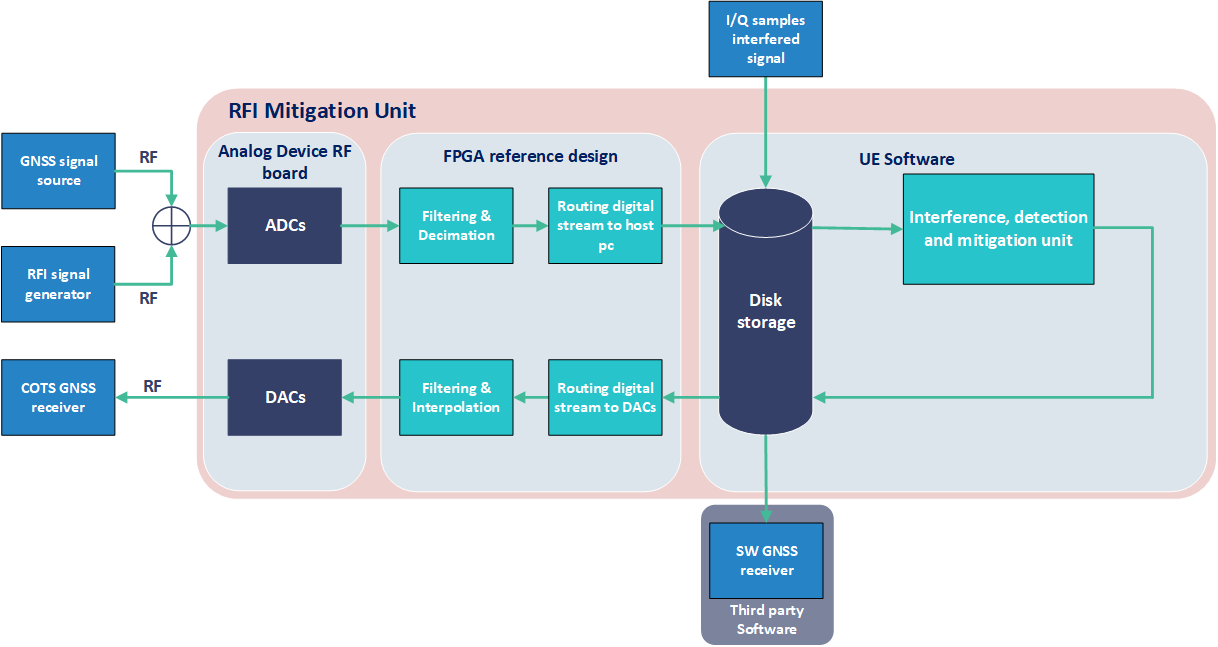
The aim of the STORM project was to develop a SW suite implementing a set of functions for the detection and cancellation of interference on GNSS satellite signals (GALILEO, GPS) and a specific test-bed as a performance testing and evaluation platform. The interference detection and cancellation SW suite represents the product that WISER achieved within the STORM project.
The test-bed consists of an HW platform, developed in Software-Defined Radio (SDR) technology. According to the "Software Defined Radio" development paradigm, the radio frequency section is composed of a commercial board while the digital computational platform is represented by a high-performance commercial PC, on which the SW suite of interference cancellation developed by WISER in the STORM project is executed.
The development of the test-bed is necessary to test the SW suite with GNSS signals in presence of real interfering signals. The test-bed makes it possible to quantitatively measure the effectiveness of the interference cancellation, by comparing the result of the GNSS receiver solution (PVT, i.e., Position, Velocity, and Time) in the presence of an interfering signal, with and without activation of the SW interference cancellation block. The development of the test-bed is essential for the derivation of a sort of performance datasheet of the developed SW.
Funded by Regione Toscana

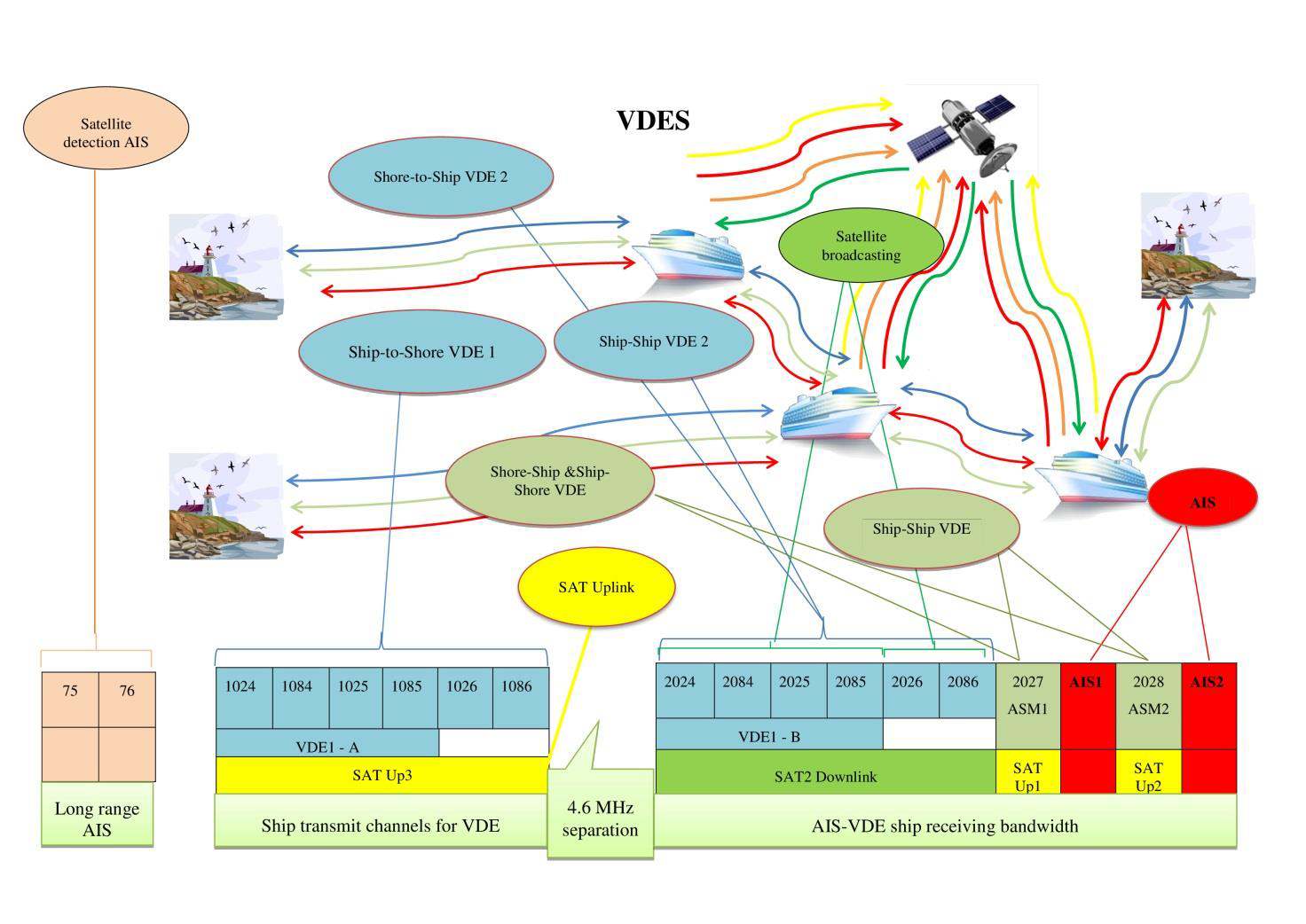
DESSERT project aims at designing and implementing two transceiver prototypes of VDES standard, i.e. the brand-new communications standard for maritime services. The transceiver prototypes is implemented by exploiting the SDR technology and support AIS and VDE channels, enabling different modulation types and coding rates. The prototypes is tested in-lab through on-air transmissions.
Read more / Per maggiori info
Funded by Regione Toscana

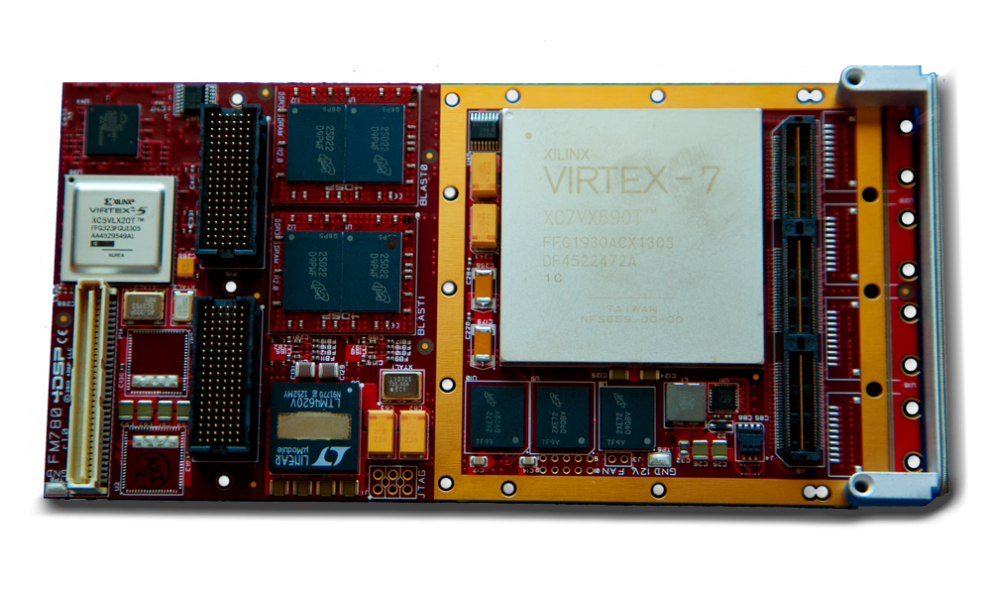
The DirEct-sampling SIgnal Recording (DESIRE) project is aimed at the design and implementation of a recording system for an RF signal received from antenna, according to the pass band direct sampling technique. This allows the elimination of the analogue RF section of a traditional heterodyne receiver and the all-digital implementation of the receiver DSP, thus exploiting the flexibility and re-configurability of a digital system.
Read more / Per maggiori info / Datasheet
 Funded by Italian Space Agency (ASI)
Funded by Italian Space Agency (ASI)
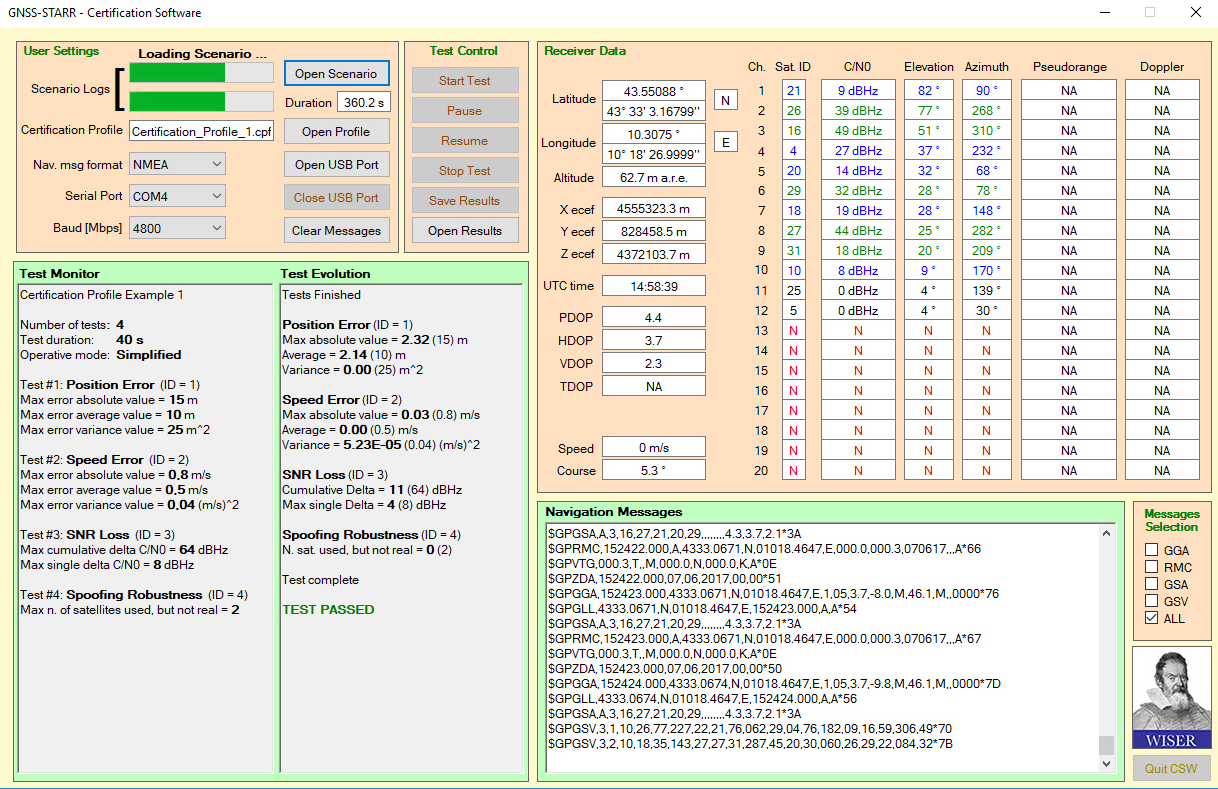
The GNSS STARR testbed, designed and developed in partnership with QASCOM, is a powerful tool for the assessment of the robustness of GNSS receivers.
WISER has been involved in two tasks:
1) Design and develop of a GNSS Receiver Certification Software with GUI.
2) Design and develop of a non-intentional interference generator.
Funded by Regione Toscana

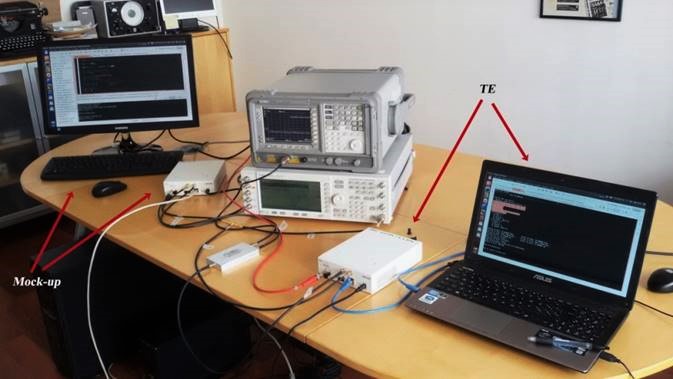
STEADY is a test equipment for Deep Space Transponders developed in SDR technology with fully SW approach.
The Test Equipment is composed by a commercial radio front-end (USRP, produced by ETTUS research) and by a general purpose computational back-end like a commercial pc. Software developed in the project manages digital data stream from/to radio front-end and carries out transmission and reception baseband operations, working real-time.
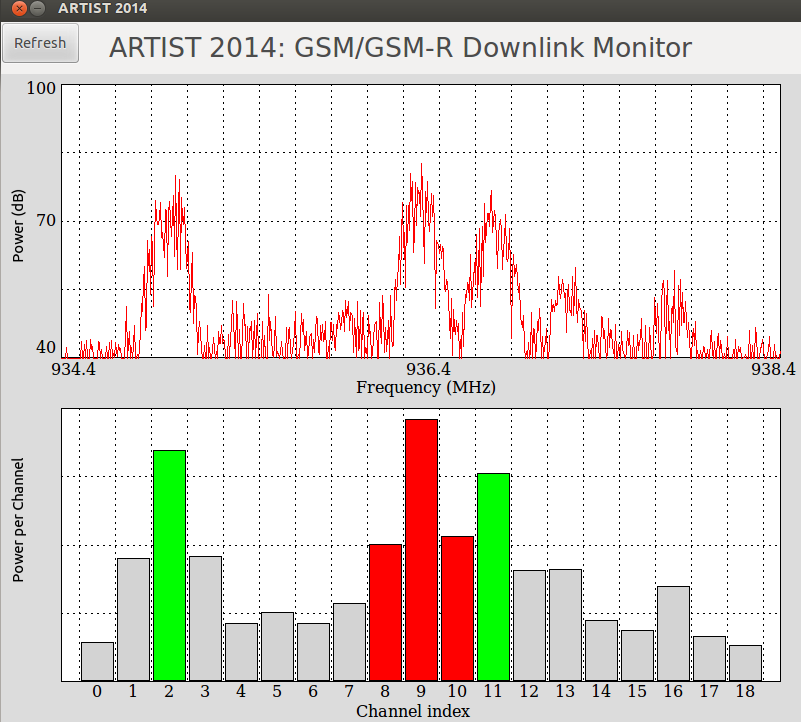
SDR-based HW/SW suite designed for monitoring the radio integrity of GSM/GSM-R networks.
ARTIST is low-cost and suitable for a massive deployment.
Download brochure
Contract by Thales Alenia Space, Milan, Italy
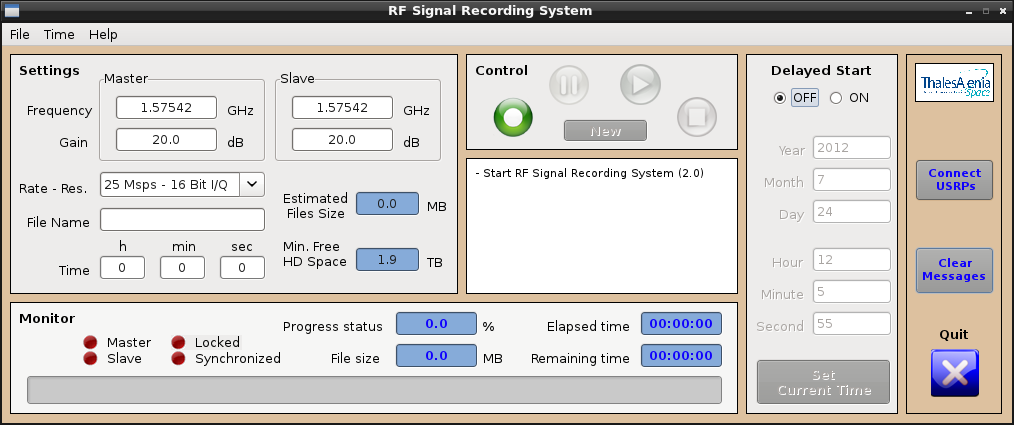
Digital signal grabber for satellite signals in MIMOx2 mode, equipped with a recording period of up to 8 hours, with graphical interface.
The system is able to acquire and log two satellite signals through two independent chains. The two signals are received at the same time and they are stored as dedicated binary files on high-performance HDs.
The whole system is composed by HW and SW components. In particular, an user friendly graphical interface, running on Linux operative system, under Fedora distribution, has been developed through which all system functionalities can be controlled and
managed.
Moreover, contextually with the system, suitable post processing tools have been developed to allow the user to read and display previously recorded signals, on both Windows and Linux operative systems.
Snapshots of everyday life @WISER
